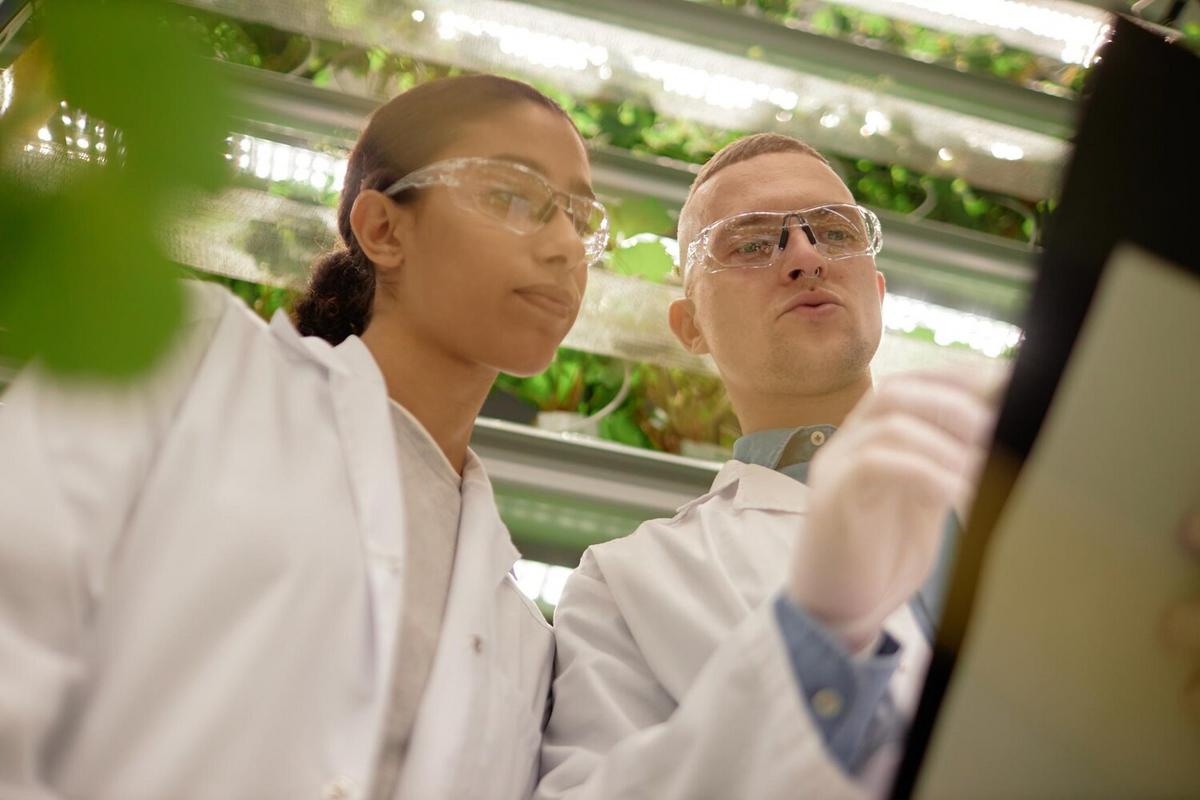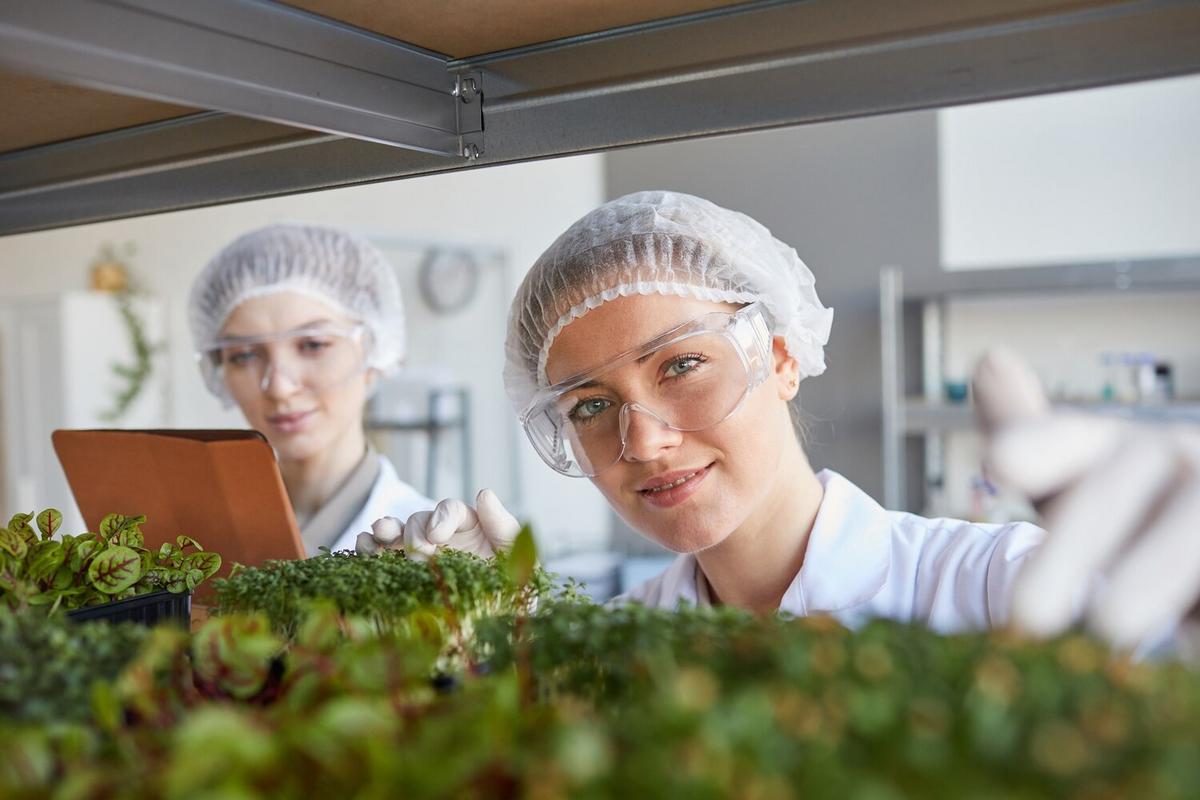As our global population continues to rise, the demand for sustainable and ethical food sources grows ever more pressing. Artificial meat, also known as lab-grown or cultured meat, has emerged as a promising alternative that could revolutionize the way we consume protein. But is it truly sustainable?
The future of artificial meat is a fascinating subject that intertwines technology, ethics, and environmental considerations. By understanding its potential impact, we can gauge whether it offers a sustainable solution to our food challenges.
Understanding Artificial Meat
Artificial meat is produced by cultivating animal cells in a controlled environment, eliminating the need for raising and slaughtering animals. This innovative approach has sparked interest for its potential to reduce the environmental impact of traditional meat production.
Expert Insights
According to Dr. Mark Post, a pioneer in the field of cultured meat, “Artificial meat has the potential to significantly reduce greenhouse gas emissions and land use compared to conventional meat production.” This perspective is supported by a study from the University of Oxford, which suggests that lab-grown meat could cut emissions by up to 96%.
Environmental Benefits
One of the key advantages of artificial meat is its potential to lessen the environmental burden. Traditional livestock farming is responsible for a significant portion of global emissions, water use, and deforestation. In contrast, cultured meat requires substantially less land and water, presenting a more sustainable option.
| Aspect | Traditional Meat | Artificial Meat |
|---|---|---|
| Greenhouse Gas Emissions | High | Low |
| Water Usage | High | Low |
| Land Requirement | High | Low |
| Animal Welfare | Low | High |
| Production Time | Months/Years | Weeks |
| Scalability | Challenging | Promising |
| Market Acceptance | Established | Growing |
| Cost | Decreasing | High (currently) |
Challenges to Overcome
Despite its potential, artificial meat faces hurdles such as high production costs and consumer acceptance. However, as technology advances and economies of scale are achieved, prices are expected to decrease, making it more accessible.
Personal Experience with Artificial Meat
Many first-time tasters of artificial meat report that the taste and texture are remarkably similar to traditional meat, providing a viable option for those seeking to reduce their carbon footprint without sacrificing flavor.
Actionable Steps for a Sustainable Future
- Educate yourself about the environmental impact of different protein sources.
- Support policies and initiatives that promote sustainable food production.
- Incorporate plant-based meals into your diet alongside exploring artificial meat options.
FAQs
Is artificial meat safe to eat?
Yes, lab-grown meat is produced in sterile environments and undergoes rigorous safety testing before reaching consumers.
How soon will artificial meat be widely available?
While still in early stages, it is expected that within the next decade, artificial meat will become more prevalent in markets worldwide.
What are the nutritional benefits of artificial meat?
Artificial meat can be tailored to include specific nutrients, potentially offering health benefits over traditional meat.
In conclusion, while artificial meat presents a compelling opportunity for more sustainable eating, it is essential to continue research and development to overcome current challenges. By staying informed and making conscious choices, we can contribute to a more sustainable future.




Leave a Reply